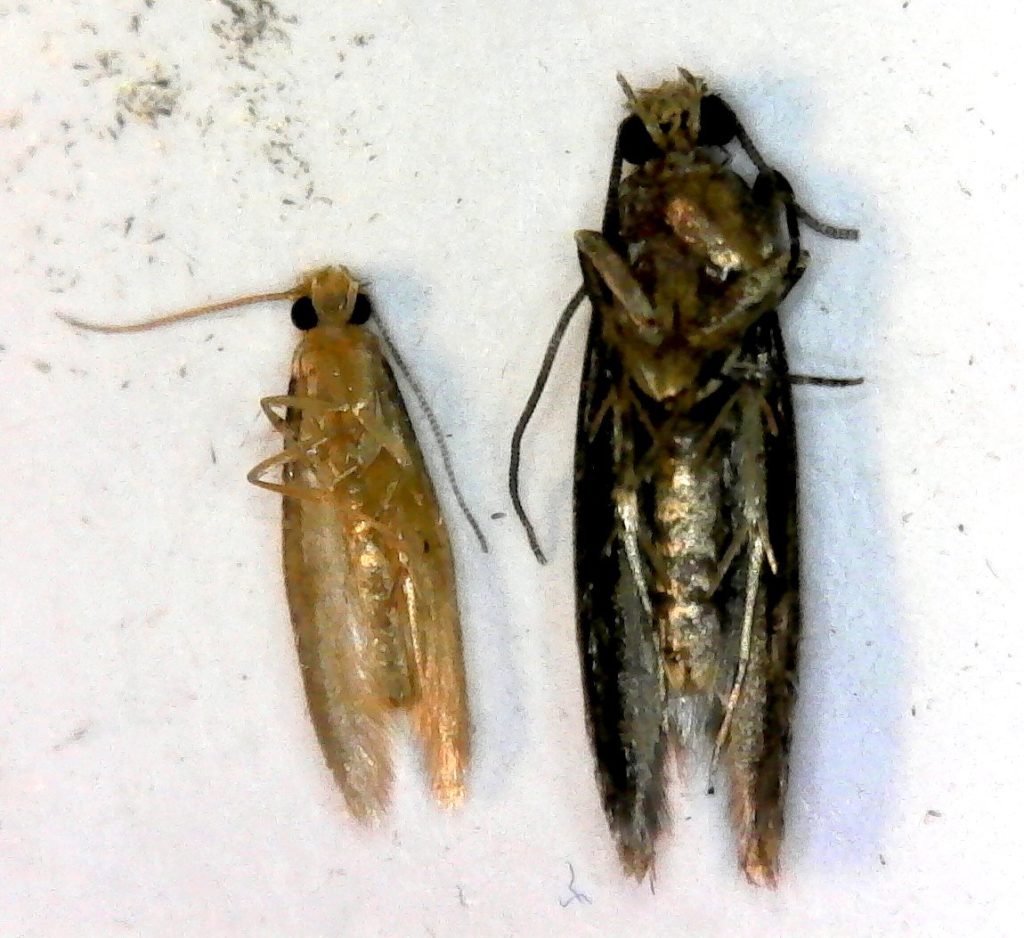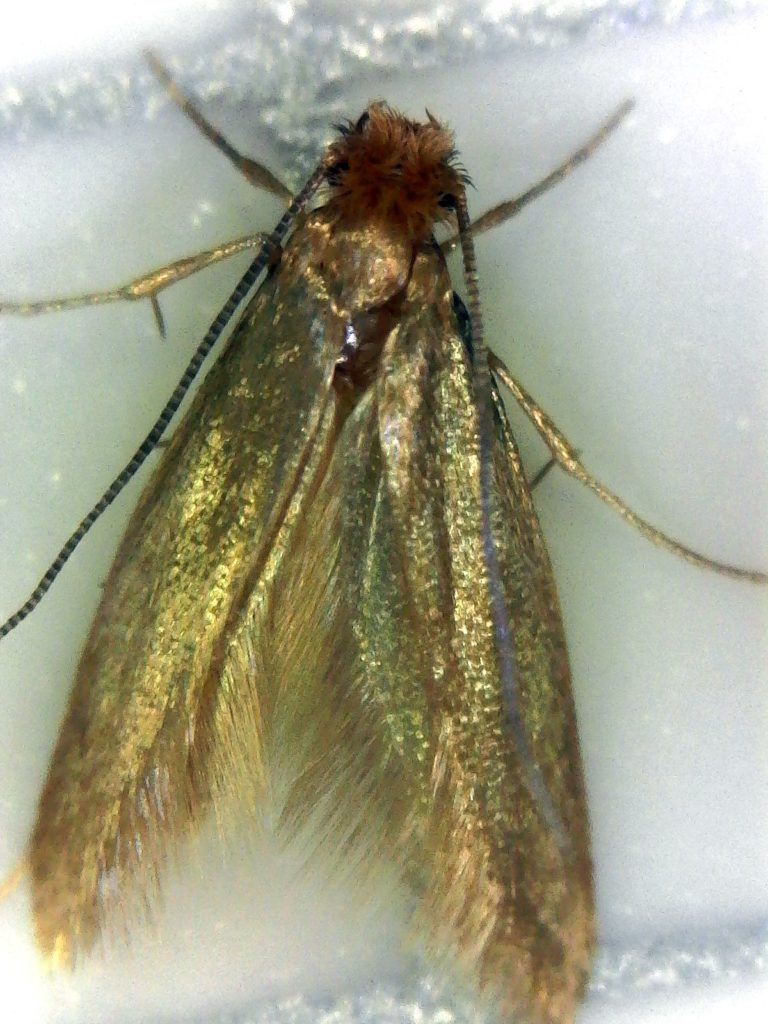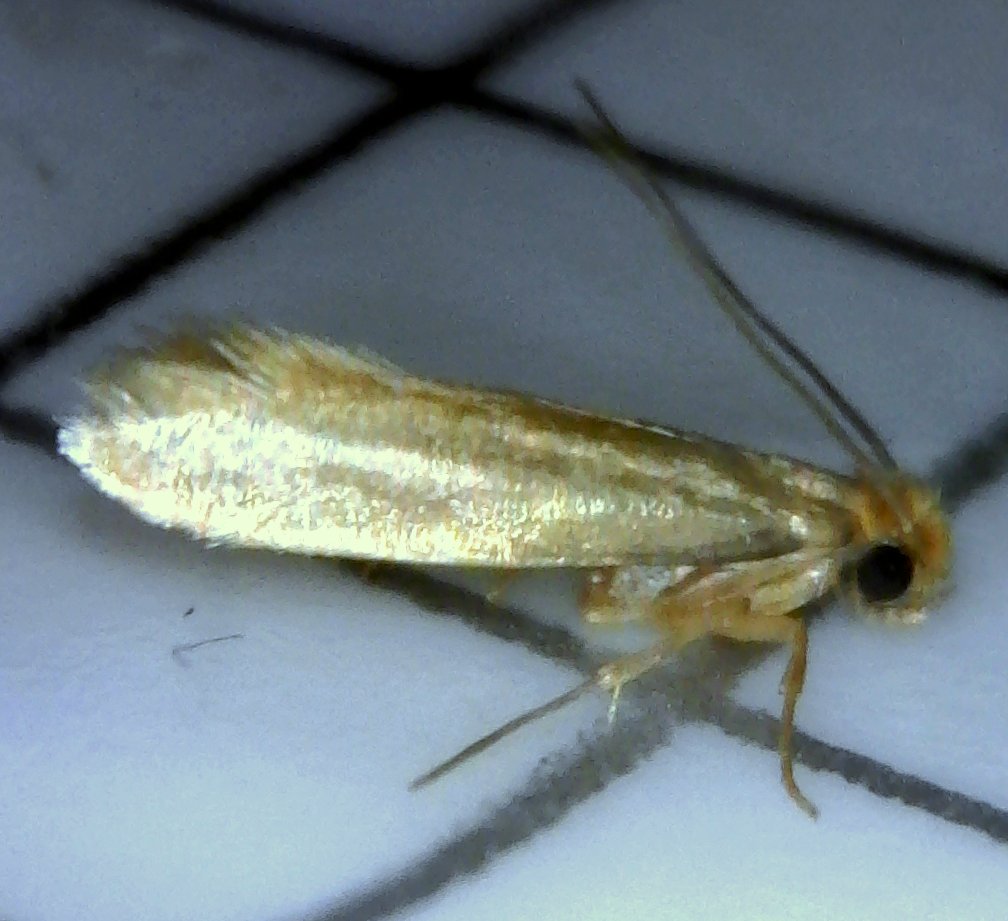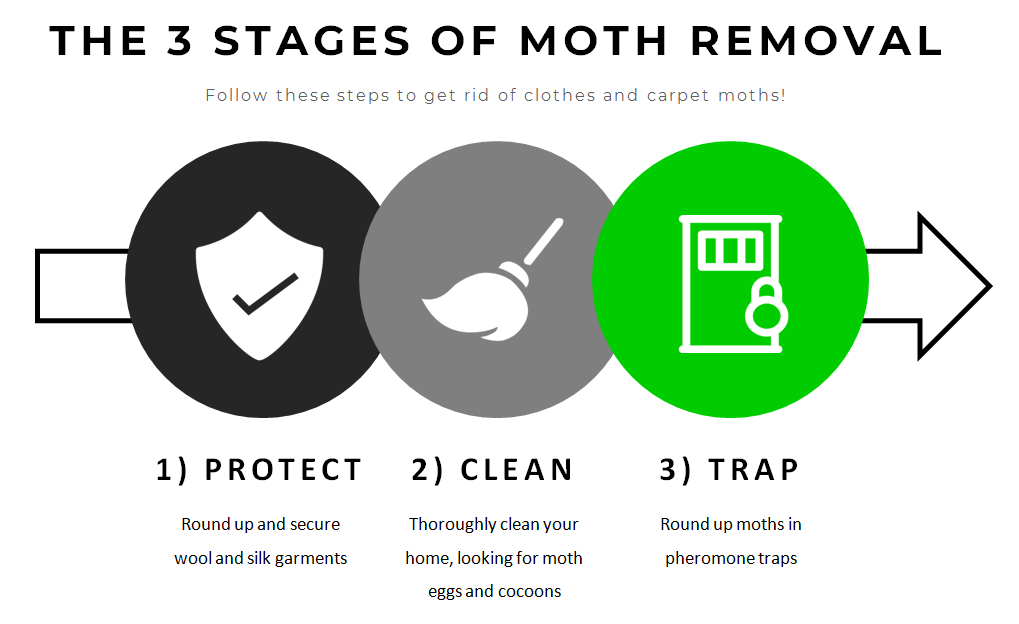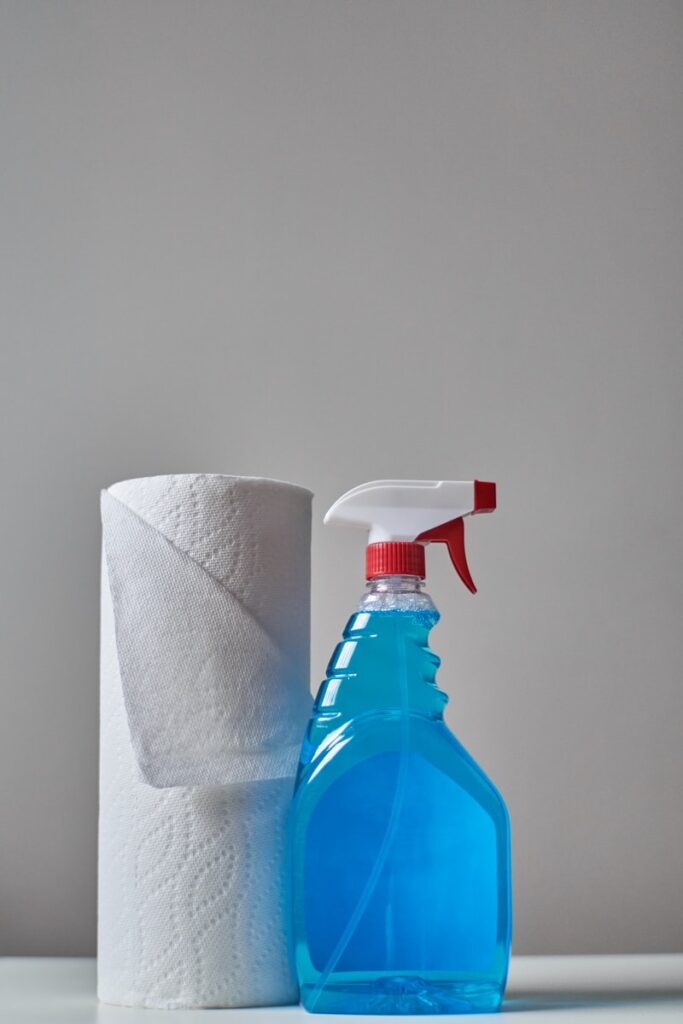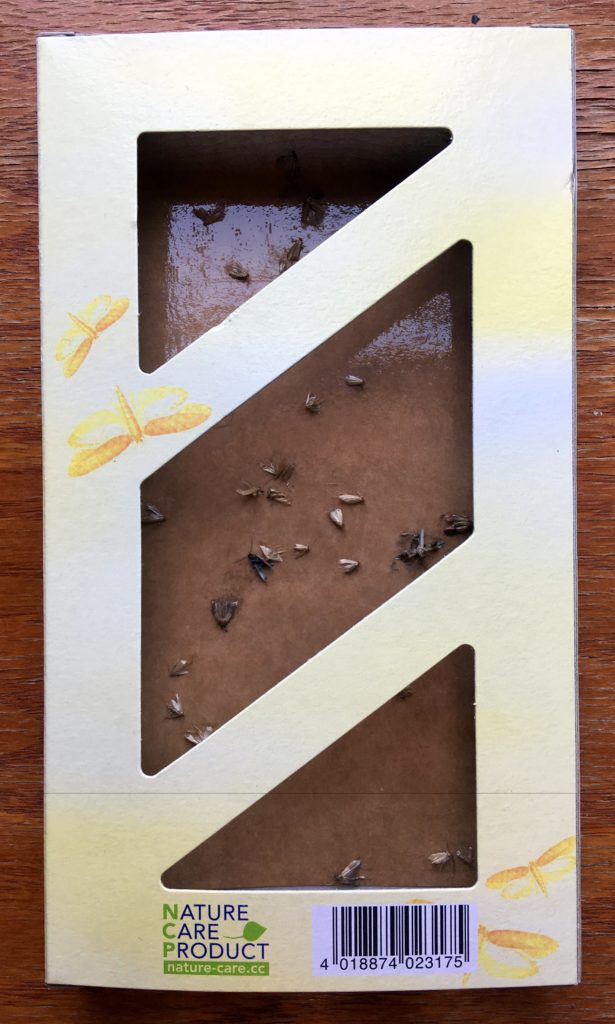How to Get Rid of Clothes Moths
In this Moth Emergency Plan we will tell you how to get rid of your moth problem. We will walk you through a three-step process whereby you will take action to rid yourself of these pests. First, observe the photos below. Carpet moths are sly creatures which are no larger than a quarter of an inch long. They thrive in damp conditions and spend most of the day hiding. For more details, visit our moth types page.

